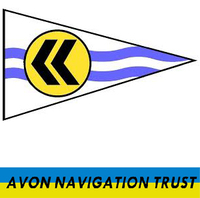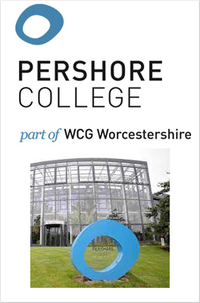


Local Sponsors
-
Avon Navigation Trust
Mill Wharf, Mill Lane Wyre Piddle WR10 2JF
The navigable river Avon runs from Alveston Weir above Stratford-upon Avon, for 47 miles, winding it's way through the Warwickshire, Worcestershire, and Gloucestershire countryside, down to Tewkesbury where it joins the river Severn.
-
Pershore College
Warwick New Road. Royal Leamington Spa, Warwickshire CV32 5JE
Our recent Ofsted inspection highlights our success and strong focus both on students and on meeting industry needs. We are also the first college group in the UK to be granted both Bachelor degree awarding powers and Foundation degree awarding powers by the Office for Students - meaning the academic quality and standards of our degrees are equal to any university. We believe it's not just about the vital qualifications and knowledge you need to get ahead, but the essential transferable skills to help you on your next steps, whatever they may be. WCG will help you develop an entrepreneurial mindset by instilling enterprising and innovative skills and behaviours, which will help you to become successful in an ever-competitive world. We offer all of the above in a supportive, friendly, high-quality and technologically-driven environment. Our student success rates and A Level results are at an all-time high, with our students progressing onto a wide range of careers with globally recognised brands, and many students have also set up their own businesses and enterprise projects. WCG is committed to providing the best learning experience possible and whatever your background, I am sure we can help you to achieve your aspirations.



